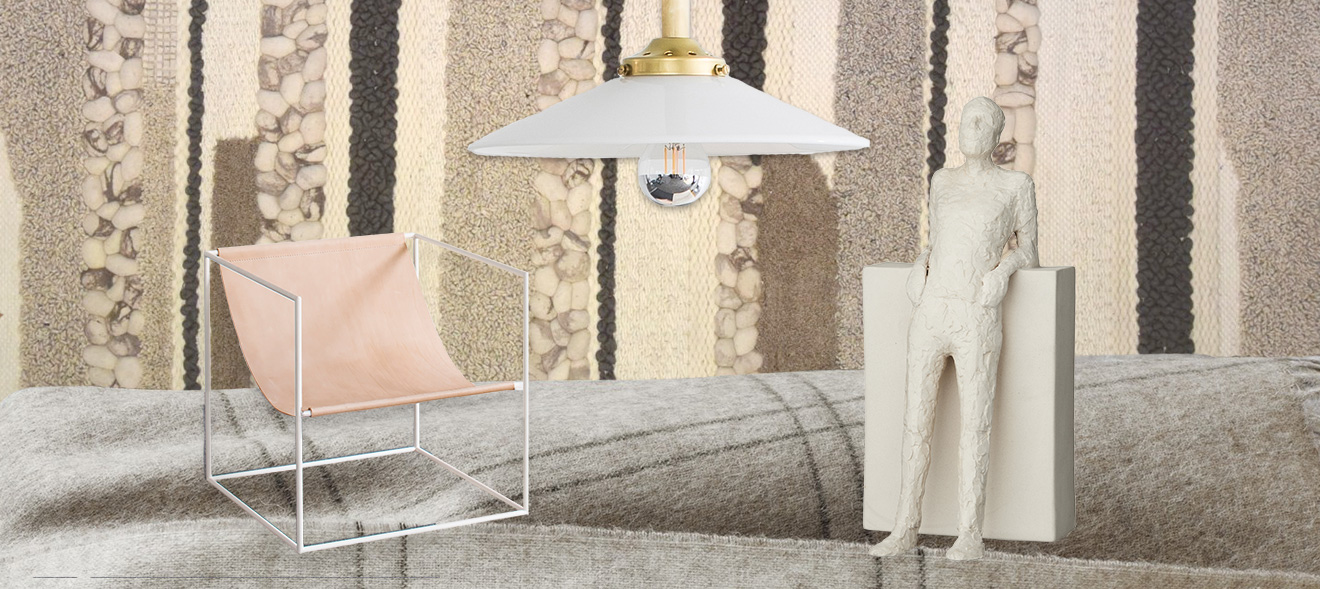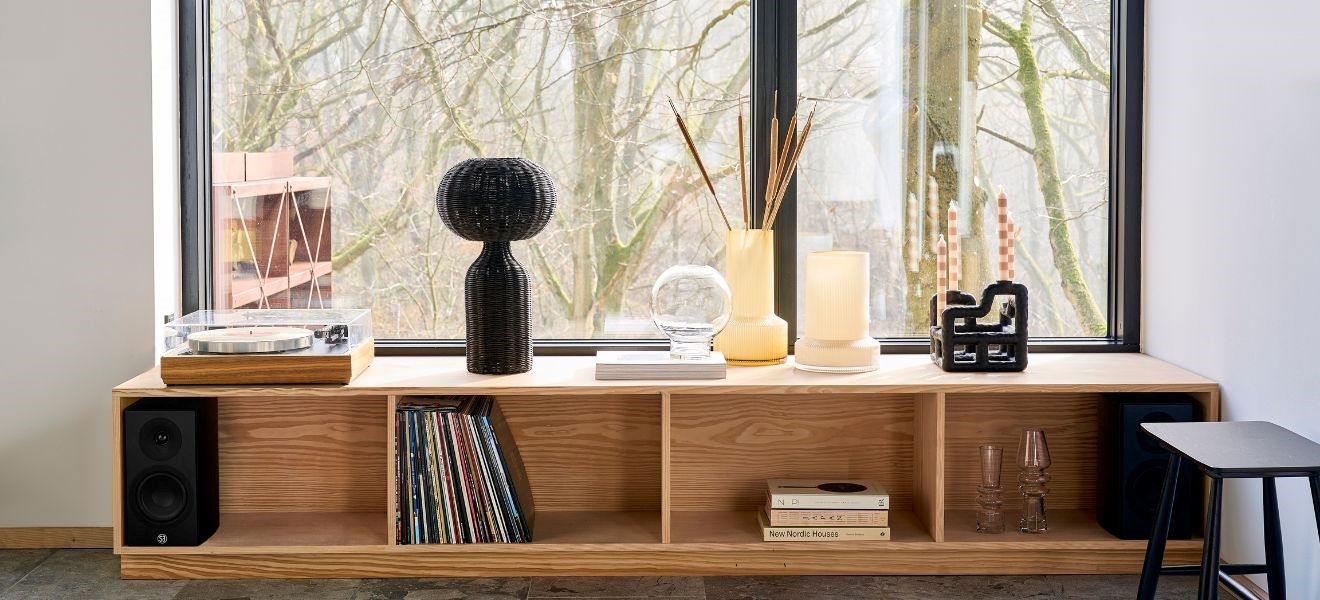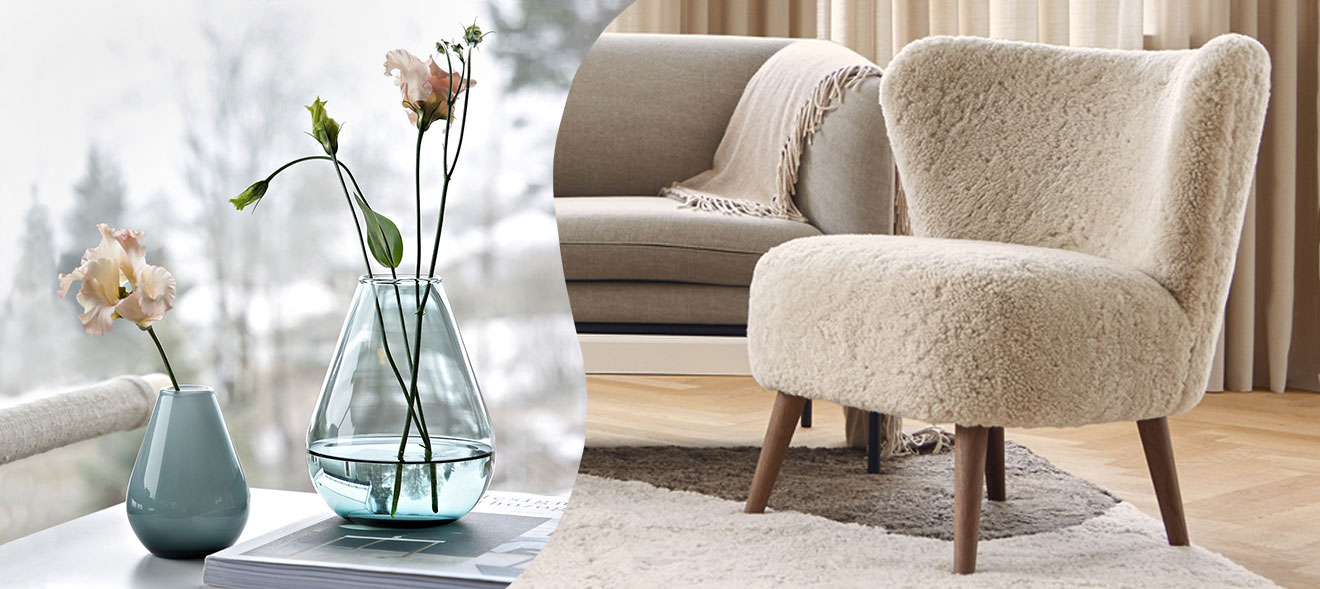We can see clearly now. Mindfulness, slow living and the longing for a natural environment combine with the clean style promoted by the Kinfolk movement to give our living spaces a whole new purist focus. This style keeps us tidy and focussed on the essential in our everyday existence, while admitting some attractive feelgood aspects – not just ascetic objets d’art.
Less is more. Looks familiar, but it’s more topical than ever. The latest purist lifestyle has it all: the sharp edges, clear lines, pared-down shapes, white and grey shades and classic Scandi design, plus a natural, textured side with stone, wood and linen. Rustic – surely some mistake? No, these individual pieces are both natural and specifically selected, curated, cared for and loved. This makes for a retreat from the flood of everyday sensory impressions: a haven of peace. It is minimal, clean and clear.
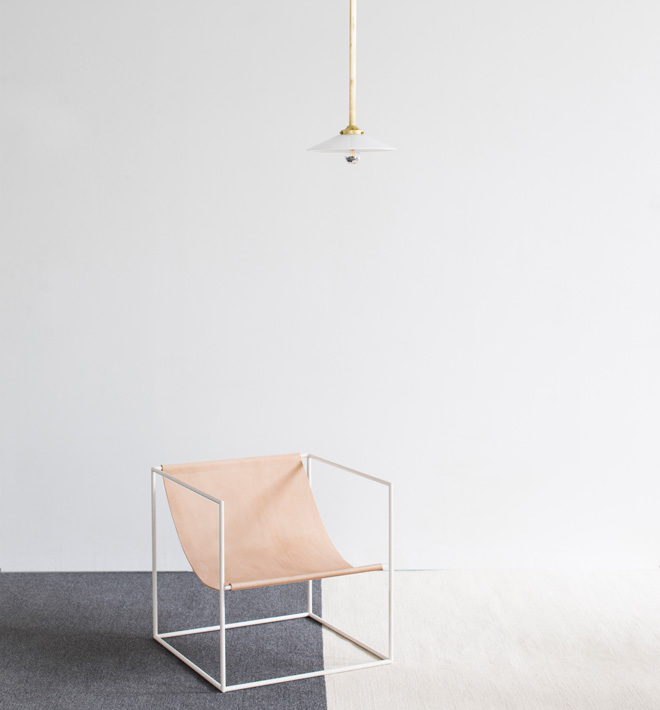

Rethinking purism: from super-clean to cosy
British architect and designer John Pawson is a leading proponent of this style and has long advocated this singularly appealing sort of minimalism. He lived and worked for a long time in Tokyo. His designs typically combine Japanese tradition with contemporary aesthetics; natural materials like wood and stone are increasingly prominent, whether in churches, shops or domestic interiors. His own house in Notting Hill is impressively inviting and homely.

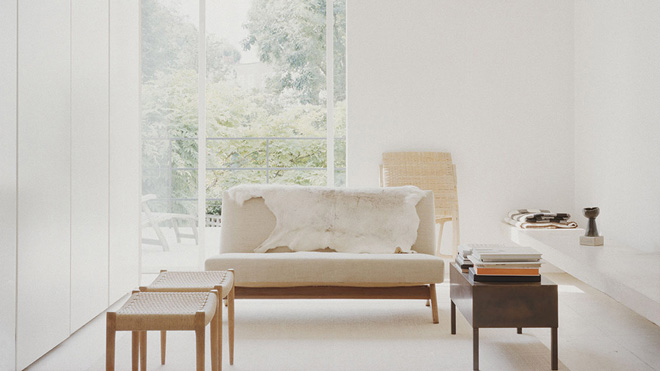
It’s a clean-living style that can be interpreted in other ways, as in the Copenhagen studio of Danish interior designer Oliver Gustav. He works as a creative consultant, and also sells his expertly curated furniture and living accessories from his shops in New York and Copenhagen. Linen cushion covers, wooden furniture, ceramic and marble accessories display texture and traces of craftsmanship and are reduced to the essentials, giving a feeling of tranquillity.
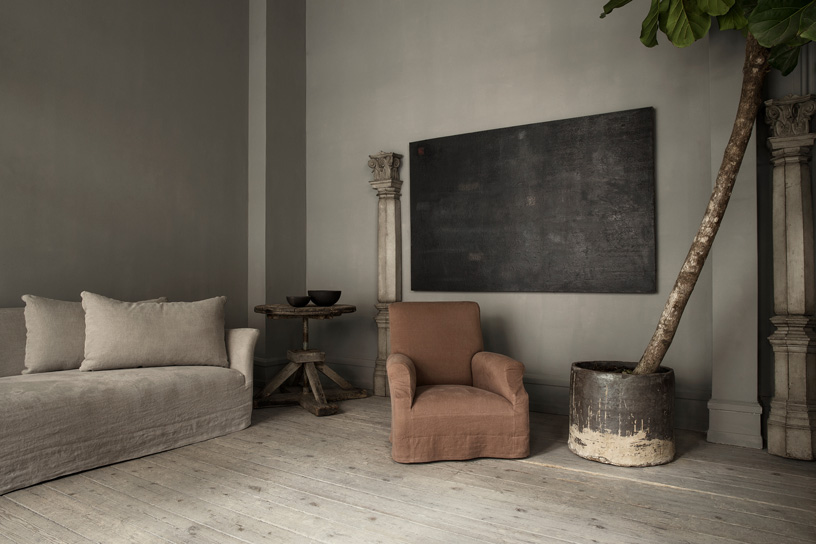
Welcome home: Come into the slow living room
These days we’re all slowing down and becoming more mindful. These buzzwords are everywhere, from colouring books to superfood bowls. But behind the hype is something bigger: a wish to see the world more clearly. This is where design can help. Kinfolk magazine did much to popularise the slow lifestyle trend. Its inspiring mantra from Denmark was heard the world over: Choose items that mean something to you and don’t be distracted by meaningless detail. This Scandi style is garnering ever more fans and influencing the design of many interior accessories, items of furniture and lamps.
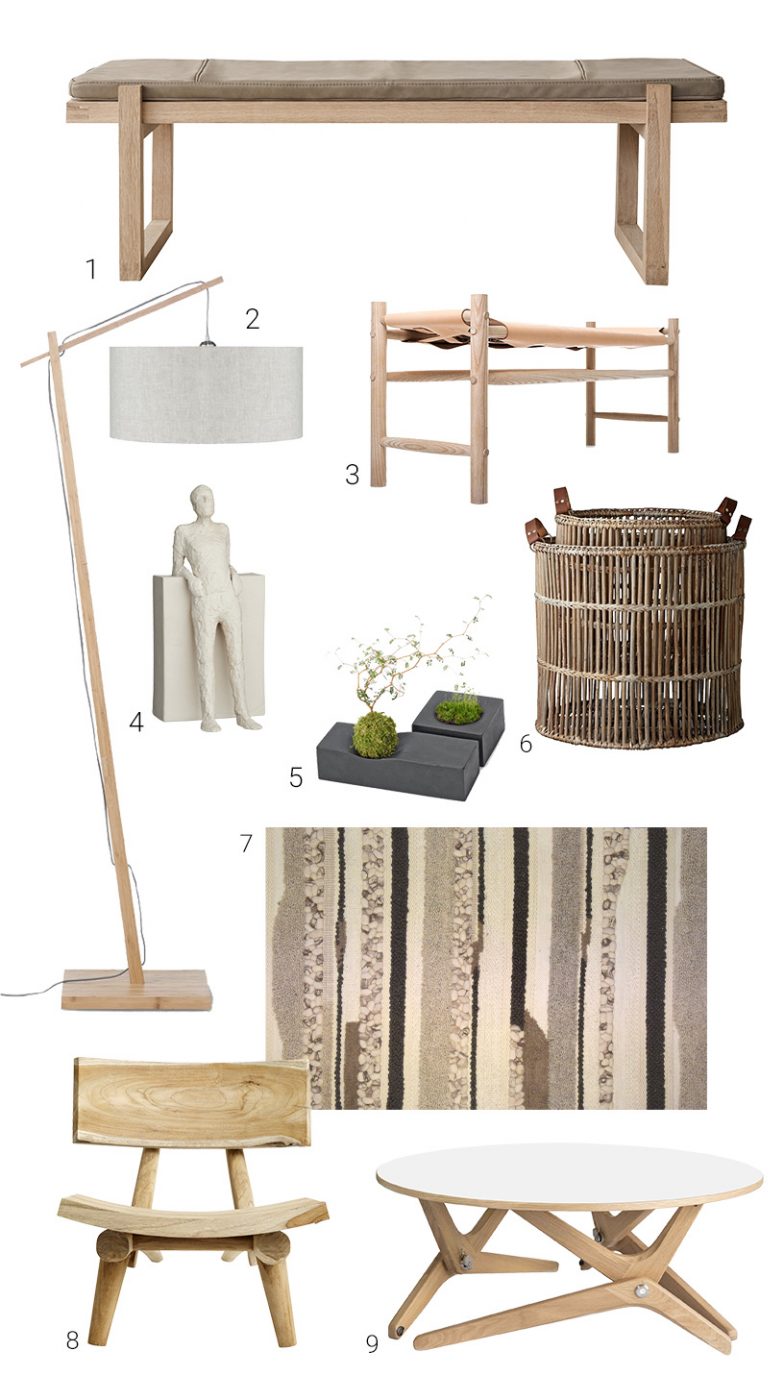
2 Floorlamp by Good and Mojo
3 Bench by Gedigo
4 Figurine by Kähler Design
5 Plant bowl by Metaphys
6 Baskets by Lene Bjerre
7 Carpet by Carpet Creations
8 Chair by von Muubs
9 Table by Boulon Blanc
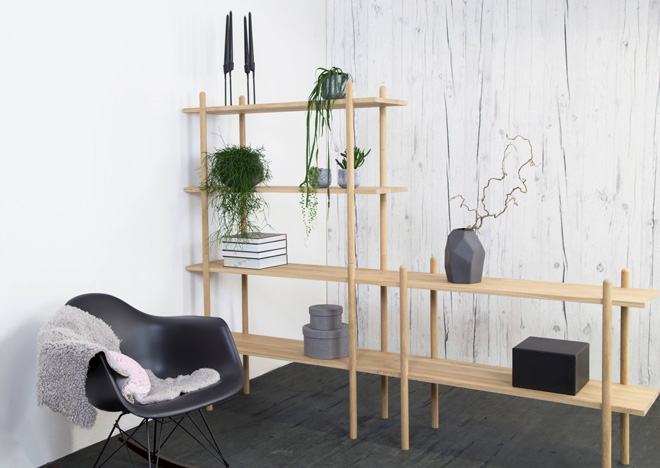
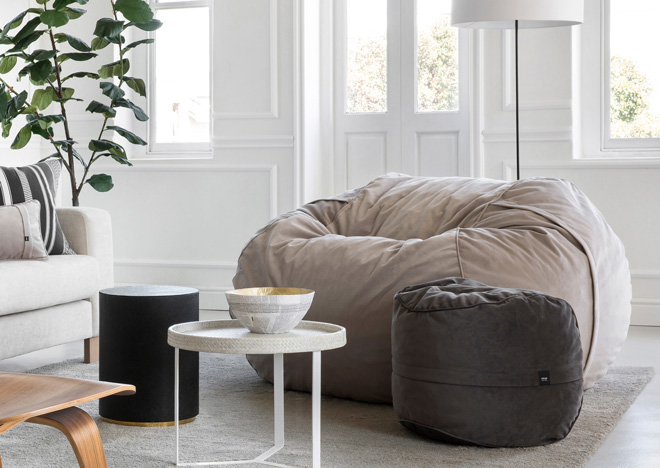
Purist meets everyday
What’s great is that this interior style can easily be incorporated into everyday household products. It can add clarity to the kitchen, help fight clutter and allow your eyes to relax as they rest on straight lines and natural materials.

2 Mortar by F&H of Scandinavia
3 Tea towel by AYTM
4 Container by Berghoff
5 Herb dryer by Zangra
6 Coffee brewer by Kinto
7 Carafe and glass by Spring Copenhagen
8 Cutting board by Sagaform
9 Teapot by Viva Scandinavia
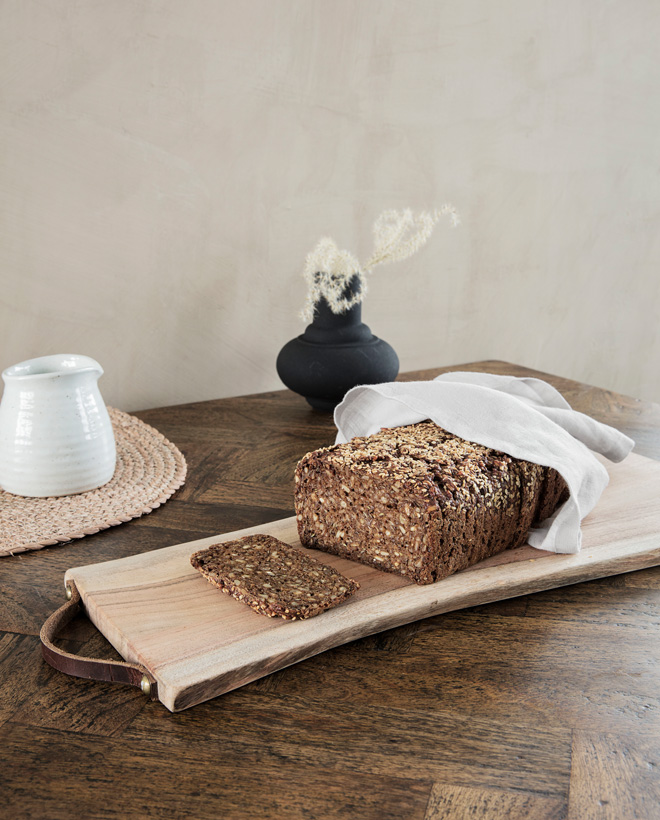
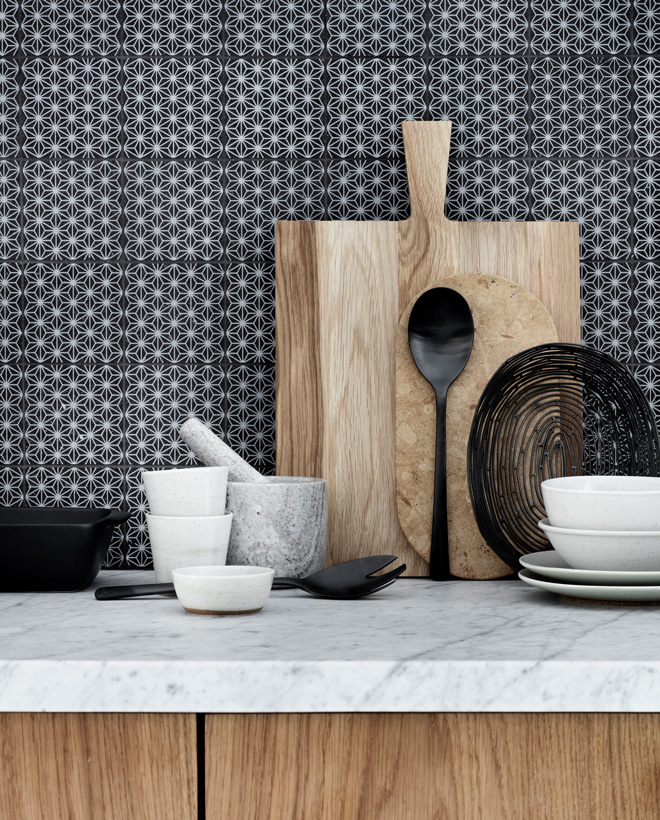
Relaxation and well-being: a place of purity
This clean-living style turns bathrooms and bedrooms into neat retreats. Imagine the sacred moment when you’re stepping into a designer hotel room. We mean a hotel room before you open your luggage and make a mess. It’s an atmosphere you can recreate at home by focusing on carefully selecting and curating your possessions, rather than piling them high. As for making your own mark, natural materials will add this easily.
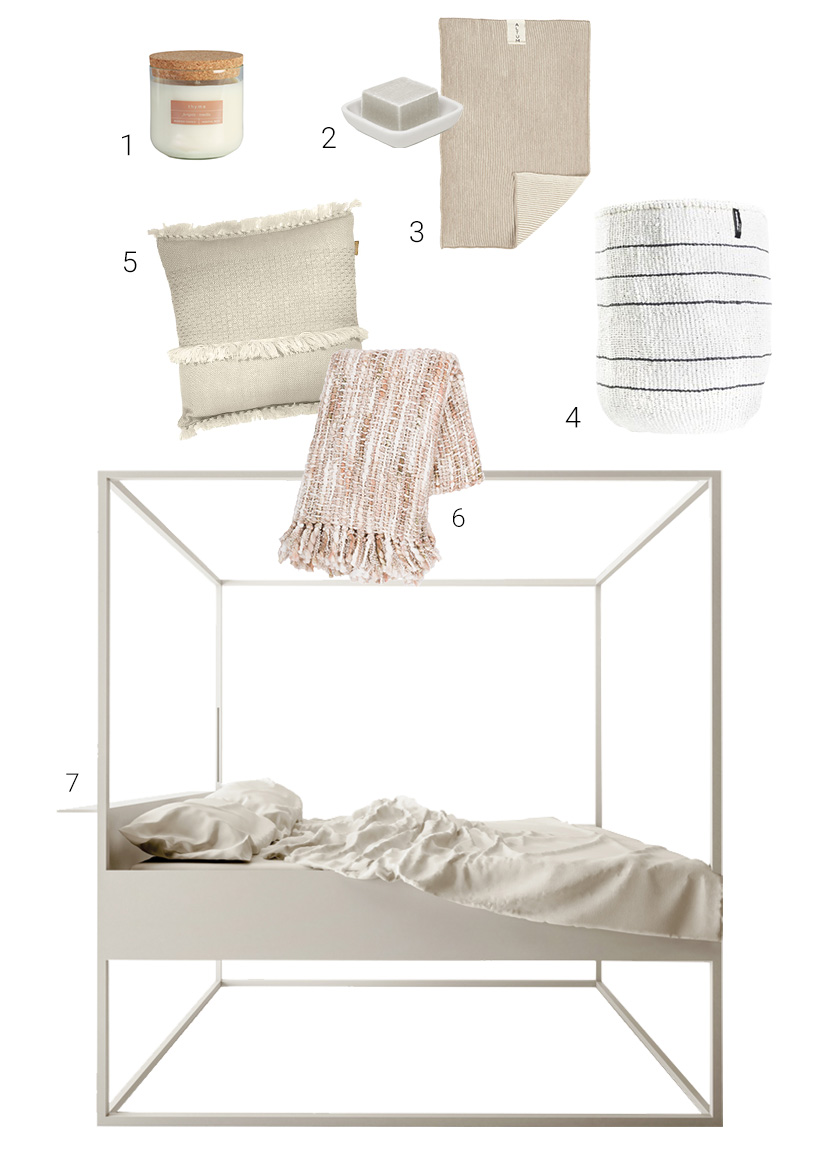
2 Soap dish by Umbra
3 Towel by Ib Laursen
4 Basket by Mifuko
5 Pillow by Malagoon
6 Blanket by Tiseco
7 Bed by Zangra
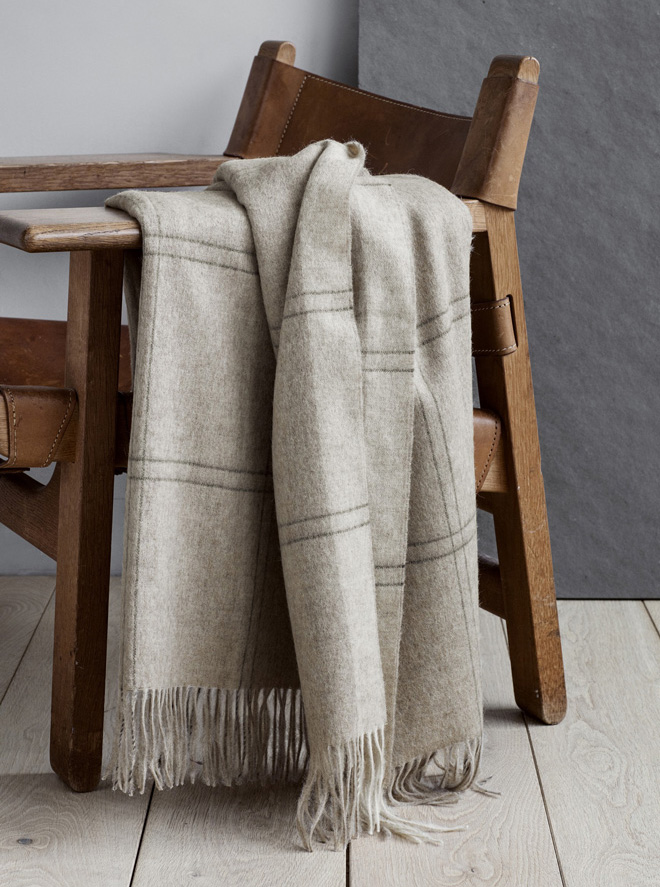
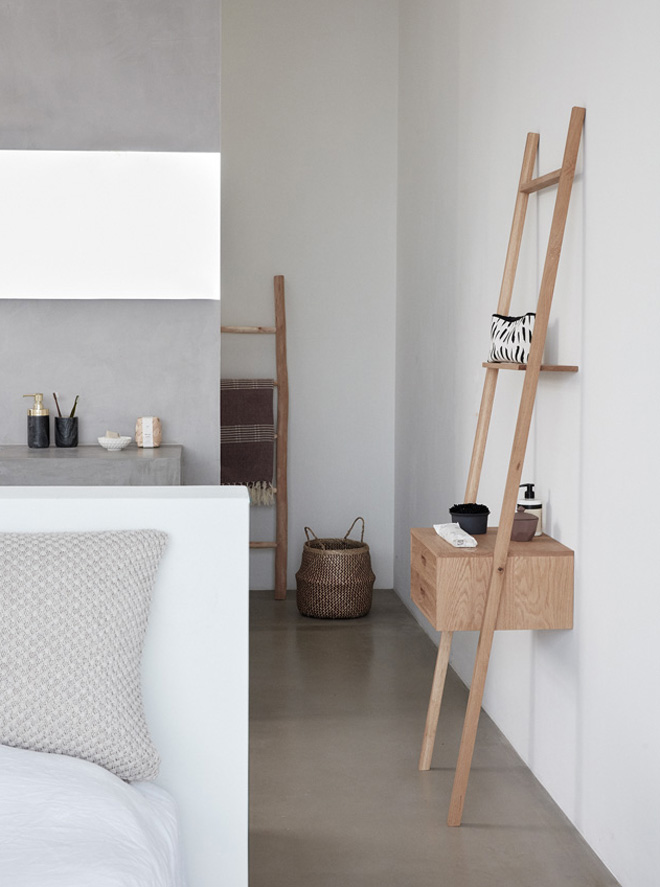
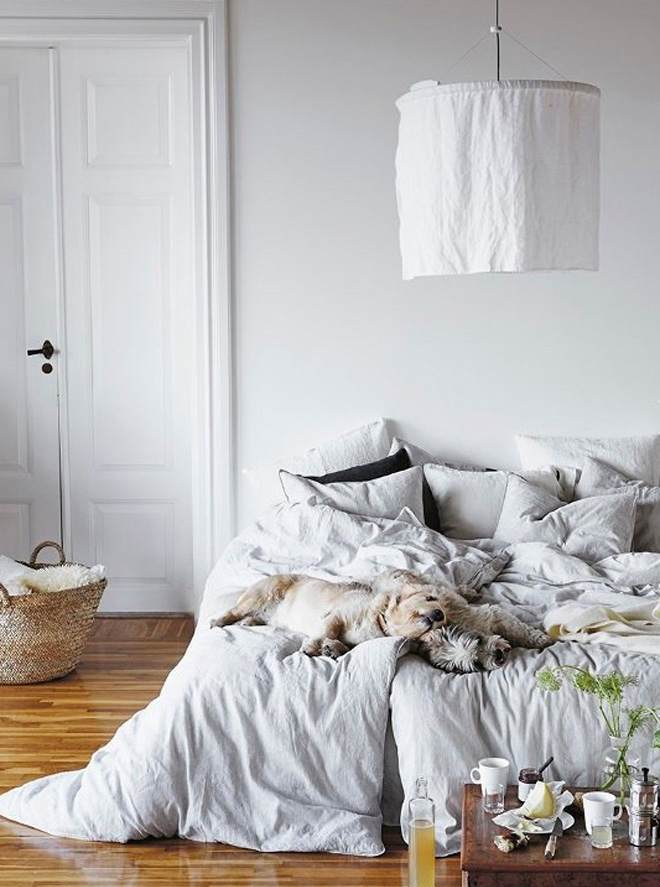
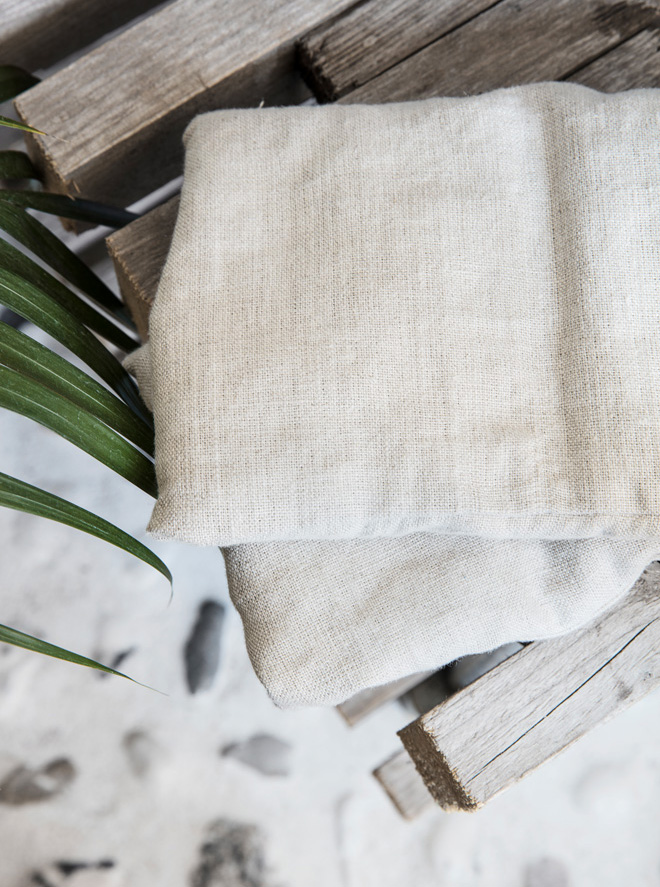
Minimal fashion in shop design
Minimalism has long been sought after in shop design. The pieces on sale need a showcase which gives them space to tell their own story. From big-name brands to minor designers, this works well as a way of presenting goods. The designer Yvonne Koné has perfected the technique in her Copenhagen shop. Her luxury leather goods, cashmere accessories and clothing, that she herself describes as key wardrobe are as timeless as the shop itself.

